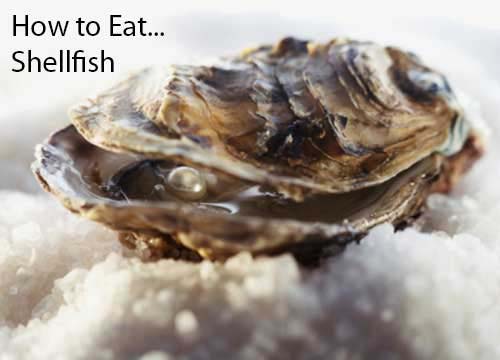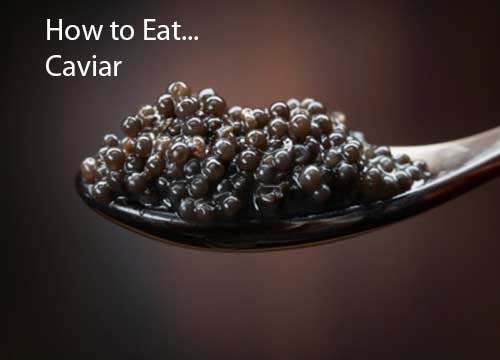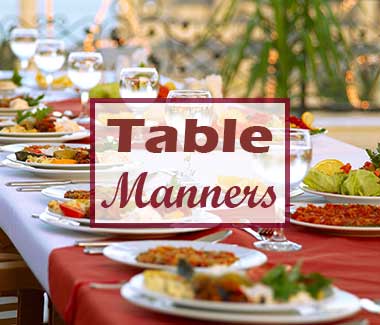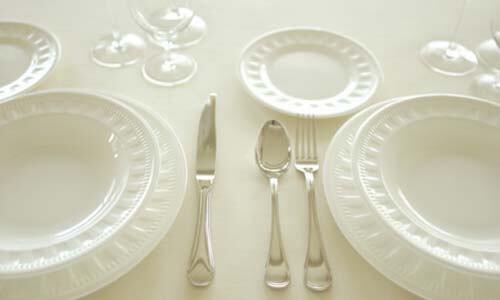Thailand Dining Etiquette
International Dining Etiquette
Dining etiquette for drinking. Because you must never pour your own drink (be it beer or tea), you must always be alert throughout the meal as to whether your neighbor's cup or glass needs refilling. If it is less than half full, it needs refilling; alternately, if yours is less than half full, your neighbor is obliged to refill it. If he or she does not, do not refill it yourself, for this will cause your neighbor to lose face: instead, diplomatically indicate your need by pouring a little more drink into your neighbor's glass, even if it doesn't really need it.
Dining etiquette for toasts. If you are the honored guest, you will be expected to make a toast, usually soon after the host does or at the end of the meal, just before everyone departs.
Table Manners
Dining etiquette for utensils. Chopsticks are not traditionally used in Thailand, except when eating Chinese dishes in a Chinese restaurant. In Thailand, spoons and forks are used (never knives). If you need to cut things, use the side of your spoon first, then move on to the fork if necessary. If you are right-handed, keep the spoon in your right hand and the fork in your left.
Dining etiquette for eating rice. Rice is generally served in separate bowls, not on the same plate with your food. While rice is a staple, it is not necessary to eat every grain in your bowl; leaving some over is fine. In fact, if you eat everything in your rice bowl or on your plate, it means you want more. Do not take the last bit of food from a central serving plate; that means there will be none left in case someone else wants some. Also, a sauce may be mixed with the rice, and the main dish may be eaten with the rice, unlike the practice in Japan. You are expected to hold the rice bowl by your mouth, take a bit of food and sauce from the plate below, hold it over the rice bowl and shovel it all in together. If you're eating noodles or broth, it is not appropriate to slurp the food; however hot tea may be slurped quietly to cool it off as it enters the mouth.
Dining etiquette for toothpicks. Toothpicks are generally used at the end of the meal. The best way to handle a toothpick is to work away with one hand, while keeping the other hand in front of it over the mouth, as a sort of mask.
Dining etiquette for seating. The most honored position is at the middle of the table, with the second most important person seated next. This means that the host will sit at the middle of the table on one side, and the honored guest in the middle on the other side, opposite the host. The honored guest sits on the side of the table farthest from the door.
Dining etiquette for beginning to eat. Do not begin to eat or drink until the oldest man at the table has been served and has begun. It is appropriate to thank the host at the end of the meal for the fine food.
Dining etiquette in restaurants. You may be required to share a table. If so, do not force conversation: act as if you are seated at a private table.
Dining etiquette for discussing business. Take your cue from your Thai associates: if they bring up business, then it's okay to discuss it. but wait to take your lead from their conversation.
Dining etiquette for the home. Remove your shoes. Allow the more senior members of your party to enter rooms ahead of you.
Dining etiquette for paying the bill. Usually the one who does the inviting pays the bill, although the guest is expected to make an effort to pay. Sometimes other circumstances determine the payee (such as rank).
Dining etiquette for tipping. Tipping is not really found in Thailand.

Our resting utensils etiquette section covers the rules (american and continental) for resting your utensils when taking a break from eating, when you are finished eating, and when you are passing food [...]
Read More





